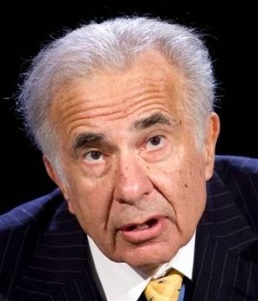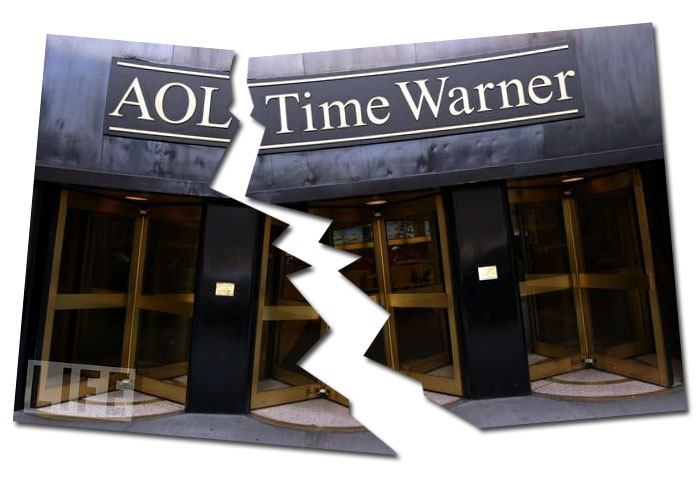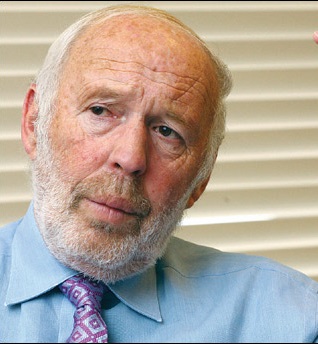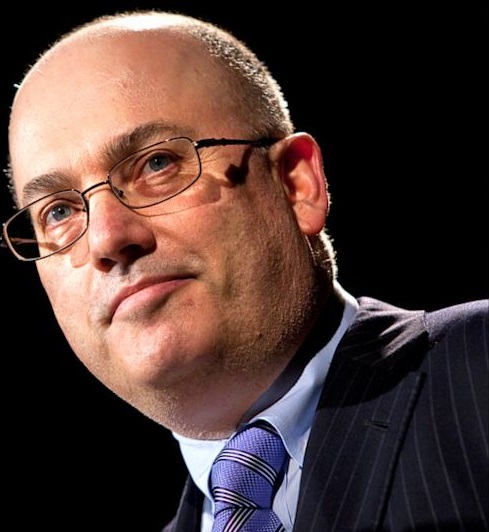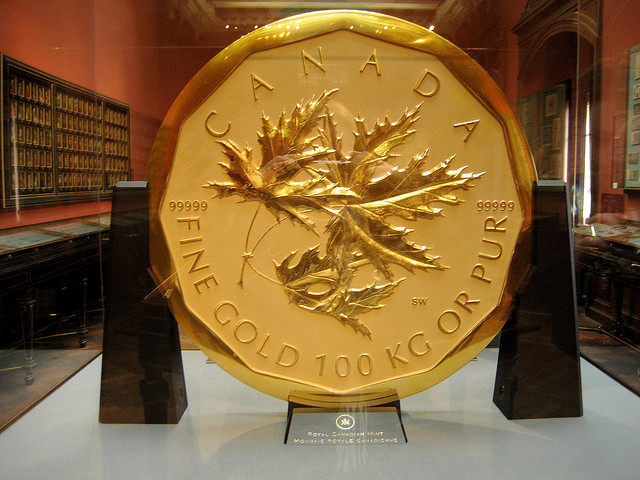Have you ever wondered what might be the collective worth of the world’s top billionaires? According to the Bloomberg Billionaires Index, which measures a daily ranking of the world’s 300 wealthiest individuals, the richest people on earth got even richer last year, raising the total of their worth by as much as $524 billion. Their combined net worth in 2013 stood at $3.7 trillion at the market close on December 31st. The biggest gains were rooted in the technology industry, which soared 28 percent during the year.
It is no wonder therefore that the world’s biggest gainer was Bill Gates, the founder and chairman of Microsoft, the world’s largest software maker. The 58-year-old tycoon’s fortune increased by a staggering $15.8 billion to $78.5 billion, according to the index, as shares of Microsoft rose a whopping 40 percent. Sheldon Adelson, founder of Las Vegas Sands Corp., the world’s largest casino company, was the second-biggest gainer in 2013, adding $14.4 billion to his net worth as the company’s shares rose 71 percent. Gates used to be the world’s richest person, then lost his title to Mexican investor Carlos Slim, but then gained it back again last May.
Surprisingly, less than a quarter of Gates’s fortune is held in Microsoft. Most of Gates’s assets are held in Cascade Investment LLC, an entity through which he owns stakes in about three dozen publicly traded companies and several closely held businesses, including Four Seasons Hotels and Resorts and Corbis Corp., a photo-archive company. Gates’s fortune has also benefited from a rally in stock holdings that include the Canadian National Railway Co. and sanitising-products maker Ecolab Inc., which rose 34 percent and 45 percent respectively. Gates may be the wealthiest man alive but he does his part to help the less fortunate, as he also donated $28 billion to the Bill & Melinda Gates Foundation.
So what might be the cause of such astounding gains? Well, 2013 has seen the best annual gain in global stocks since 2009, with the MSCI World Index advancing 24 percent during the year to close at 1,661.07 on December 31st, and the Standard and Poor’s 500 Index rising 30 percent to close at 1,848.36 - its best yearly gain since 1997. The Stoxx Europe 600 also gained 17 percent to close at 328.26. Companies in the S&P 500 are now worth $3.7 trillion more than they were 12 months ago following a year when Federal Reserve Chairman Ben S. Bernanke signaled the curbing of economic stimulus. The depths of the credit crisis gave birth to a bull market, entering its sixth year fueled by near-zero interest rates and conviction among investors that it is finally safe to own equities again.
The question remains: will the rich keep getting richer in 2014? John Catsimatidis, the billionaire founder of real estate and energy conglomerate Red Apple Group Inc., seems to think so. “Interest rates will remain low, equity markets will keep rising, and the economy will grow at less than 2 percent,” he says. All good signs for Bill Gates and the other 299 richest people on this planet! Let’s just hope some of their good fortune rubs off on the rest of us!

